The Railway Museum is a big switching yard filled with cars and locomotives. I've started things off with a couple of PRR locomotives. The 1951 streamliner pulled passengers and the 1950 black engine moved trains around in rail yards. Most cars at the museum can only be studied from the outside but the PRR yard engine and a nearby B&O caboose were open and available. Here is the view from and of the engineer's seat and of the caboose's eating and sleeping areas. The backdrop for the luggage cart starting off the second row is a pair of almost identical Pullmans. The 1914 "Jovita" is nearest the camera with the 1928 "Overdale" behind it. The "City of Charleston" is a newer, 1950, Pullman. It was first named "City of Ludington" but was renamed when the car originally named for the West Virginia capital was destroyed in a wreck. I think my favorite car was the 1938 Pullman "Metropolitan View". This was truly high class travel with a total of three bedrooms (a dozen was typical) and an observation lounge that was clearly intended to supplant any caboose. Just a hint of the stylish luxury can be seen in the dimly lit ceiling of the observation area here. That rather plain looking yellow boxcar was certainly the surprise find of the visit. Most people think the Ersatz & Moot Point Railroad is a simple fantasy but, as founder Mark Schlachter states in this 1997 article (scroll down), it's actually a virtual fantasy. Schlacter is a trustee of the museum but is storing the boxcar there as a tenant. He was a key figure at the legendary WNOP; home of great jazz and incredibly clever people. As proof of the latter, check out this Mark Schlacter produced E&MP brochure.
I wandered along some back roads but utilizing I-275 will get you from the trains to the planes in about half an hour. Since aircraft are rather large and the museum rather new, I half expected to see at least some of the planes exposed to the elements. Not so. All are inside and all, except those not yet restored, fly. Rick, who was at the front desk when I entered, fired up the introduction movie after explaining some of the displays along the classroom walls. The museum is a popular junior high and high school field trip destination. At the end of the movie, Rick returned and became a super guide for my visit. The cabinet at the right of the picture following the classroom is maintained by a local uniform collector who changes the contents annually. The Rolls Royce engine is a complete spare for that in the museum's Mustang. The Jeeps, one on loan, are near the entrance to the "hangar" section of the museum. One is parked beneath the wing of a TB-25J Mitchell. Stairs lead to a balcony which lets us see the other side of that wing and offers a nice view of other planes. There is the silver P-51D Mustang and the yellow AT-6D Texan Advanced Trainer. That's the nose of the TBM-3 Avenger just beyond the Texan. Back at floor level, the last row of pictures starts with shots of the Mustang and a folding wing of the Avenger. The wings are deployed by a hand operated hydraulic pump in the cockpit. I conclude things with the B-25. The next to last photo is of the tunnel leading to the plexiglass covered bombardier/nose gunner compartment. Rick has flown in this compartment and described it as both exhilarating and -- that plexiglass is decidedly not bullet proof -- sobering. One of the many things I learned here was that stripes were painted on all Allied aircraft used on D-Day during the night preceding the attack. The museum's B-25 wears "invasion stripes". Visitors who have verifiably served on B-25s are invited to sign a designated area of one of those stripes. The best known use of B-25s was probably Doolittle's Raid on Tokyo. One of the signatures is from Tom Griffin, a participant in that raid. The museum's classroom contains a photo of Tom on the deck of the USS Hornet on the day of the raid.

|
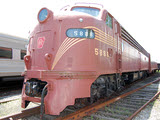
|

|
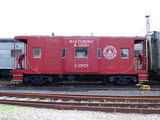
|

|
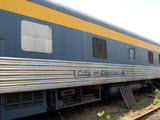
|
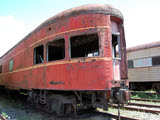
|
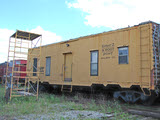
|
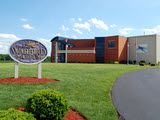
|

|

|

|

|
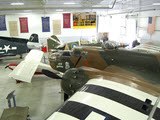
|
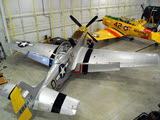
|
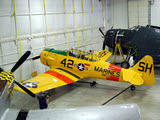
|
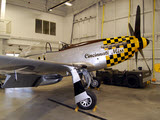
|
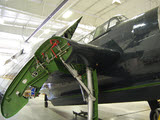
|
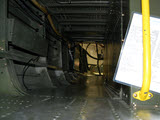
|
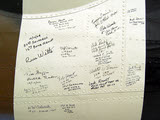
|